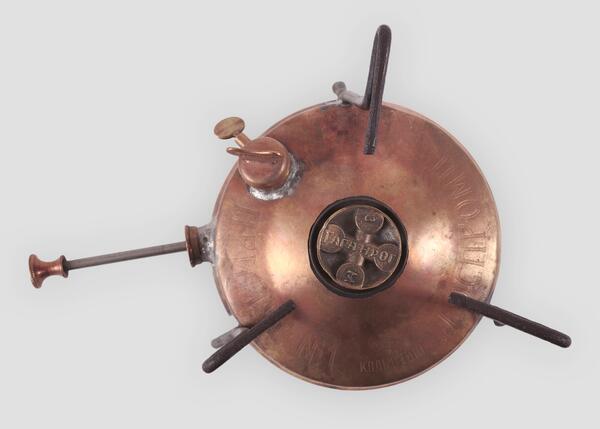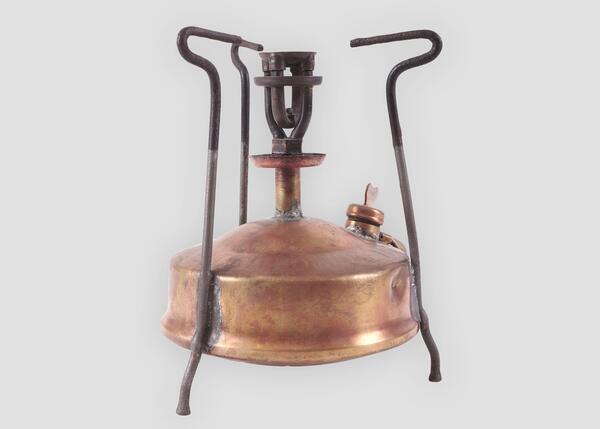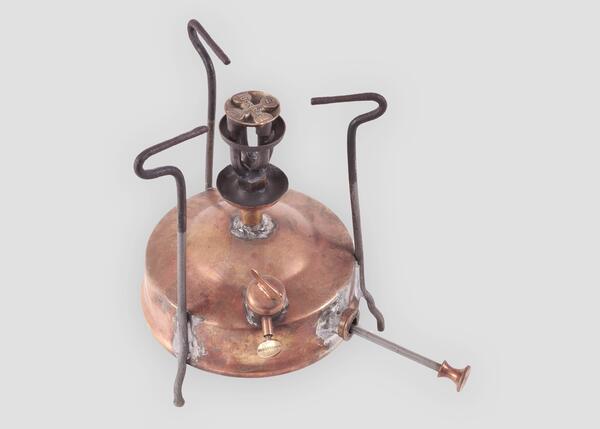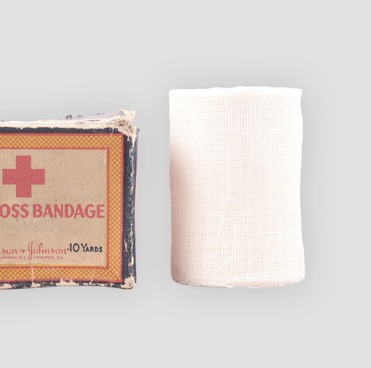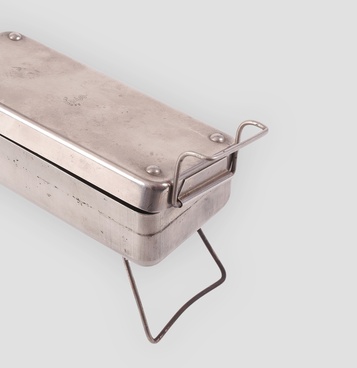The primus (from Latin word meaning “the first”) — is a fuseless, sootless heating device operating on liquid fuel (gasoline or kerosene) or by burning fuel vapors (gas) when mixed with air. It was invented by the Swedish engineer Franz Wilhelm Lindqvist in 1892, a little while later he founded a company of the same name and began exporting his products.
In the 19th century, in the era of urbanization and accelerated development of the industry, the device gained extraordinary popularity. The United Kingdom, followed by continental Europe and the United States, embarked on the path of moving people from the countryside to the city. Active urbanization was accompanied by a housing crisis so many people had to live in communal apartments. The poor townspeople were the first to appreciate the convenience of the primus. With it, the need to carry firewood, heat the stove and cook food in the common kitchen vanished. The primus allowed people to warm up their food in their room. All one needed to do was buy a bottle of kerosene once a month, pour it into the primus and warm up regular food, food concentrates (canned soup, broth cubes) or frozen products.
Advertising at the turn of the 20th century presented the primus as a universal tool: a kitchen accessory, a tourist’s or a polar traveler’s companion. In 1895, the Norwegian polar explorer Fridtjof Nansen took a primus with him on a sledge expedition. Polar expeditions, with primuses in their equipment, conquered the North and South Poles at the beginning of the 20th century.
In Soviet Russia, primuses were widely produced since 1922 by the First State Copper Processing Plant located in the city of Kolchugino, Vladimir region. The primus became one of the symbols of the NEP (New Economic Policy) era and the 1930s. A typical city apartment was communal. Up to 30–40 families could live in a single apartment with a shared kitchen and toilets. In the kitchen, each had their own primus.
Primuses were used both in peacetime and in wartime. In dressing stations, frontline and civilian hospitals, the primus was used to boil sterilizers and clean reusable glass syringes with needles and surgical instruments. Evacuation hospitals of Belomorsk were no exception. In 1944, in one such hospital, the future chief surgeon of the entire Soviet Army and the son of the famous surgeon who developed a recipe for the well-known ointment, Alexander Vishnevsky performed surgery.
